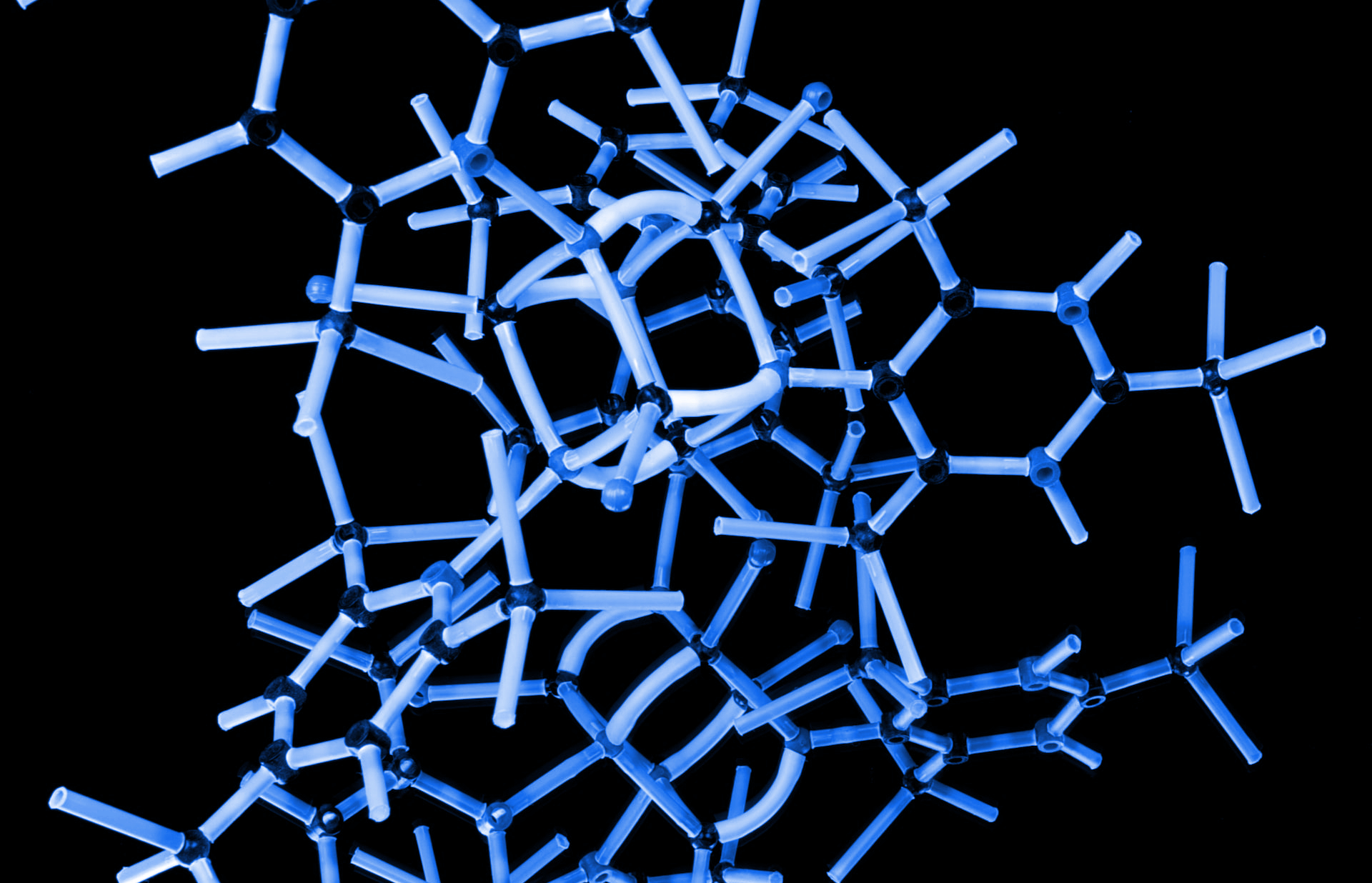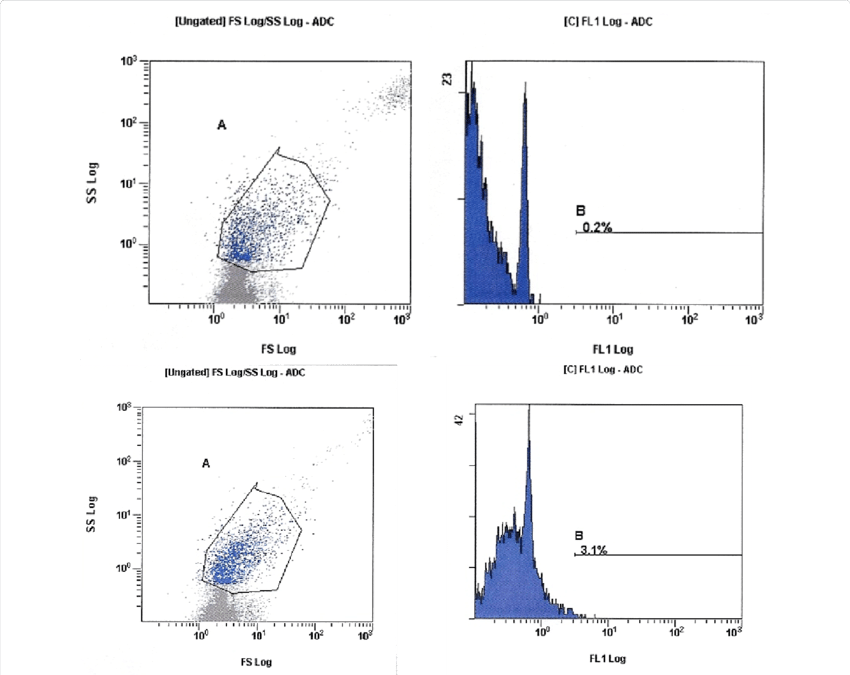GENERAL INFO
Among the systemic diseases of greatest physiological, social, economical and psychological detriment, childhood cancer occupies a central place in the world, as the major cause of death by disease in scholar age, whose worst prognosis is unfortunately documented in low and middle income countries. Due to its bio-social complexity, high incidence and increasing rates of morbidity and mortality, acute leukemias have been defined as a priority of Global Health and one of the main challenges for scientific research and the implementation of collective programs to understand the interconnectivity of the multiple elements that sustain their development and to propose integral control strategies.
Acute leukemias are characterized by the uncontrolled proliferation of hematopoietic precursor cells with critical consequences for hematopoiesis and the immunological and systemic functions of patients. Its clinical, pathobiological, socioeconomical and environmental heterogeneity jeopardizes the success of treatment and changes the fate of patients. Disease-free survival rates are often less than 35% in some regions of our country, with relapse and early death outcomes at least three times more frequent than in the developed world.
The modification of these epidemiological indicators can only result from networked actions that use new scientific approaches and cutting-edge technological tools around the identity of native leukemia to suggest stratified or personalized treatments. The National Program on Childhood Leukemia, as a new specialized research system, brings together 42 scientific researchers and biotechnologists, sixteen clinical specialists in hematology and pediatric oncology, 20 national research institutions and 9 international research institutions, 10 concentration hospitals, two clinical laboratories and 3 academic societies, around four strategies/axes on comprehensive diagnosis, scientific research, education & cytometry harmonization, and biotechnology & innovation for prevention and treatment.
From these axes, 11 projects (PRONAI) are led by field experts. Participating PRONAIs will simultaneously operate at different organizational scales and in multiple dimensions of development and be potentially applicable to vulnerable populations in the short and medium term. This Program will have an initial pilot in vulnerable populations of Mexican children and adolescents who suffer from leukemia in the geographical region of Puebla, Tlaxcala and Oaxaca. Undoubtedly, it will contribute the integrative control of one of the most serious systemic diseases Mexico is currently facing.
To prioritize scientific and technological research for the creation of new comprehensive strategies to address the pathobiology of childhood leukemia in vulnerable populations of Mexico, and promote healthy micro and macro environments for prevention and surveillance. To address childhood cancer, one of the most serious systemic diseases that Mexico faces, through scientific and technological integrative efforts for the implementation of global solutions.
To contribute a new order of specialized research for the childhood National Health, through a comprehensive program endowed with systemic perspective, by meeting the academic, scientific, technological and clinical demands, by impacting on translational education and by promoting the biological-ecological-environmental-social balance.

Analysis of networks and association through methods of machine learning.
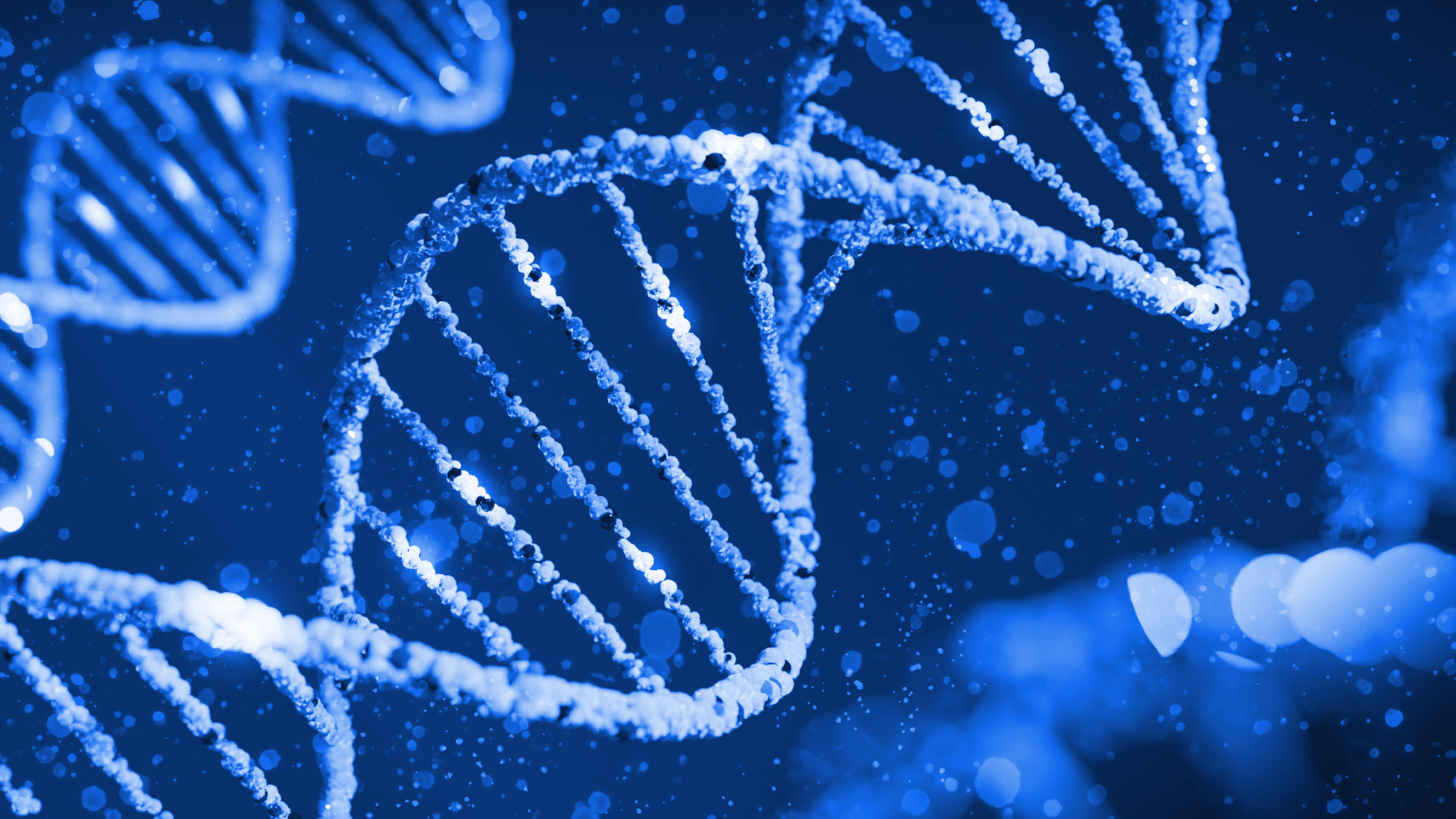
Genetic profiles associated with LLA.
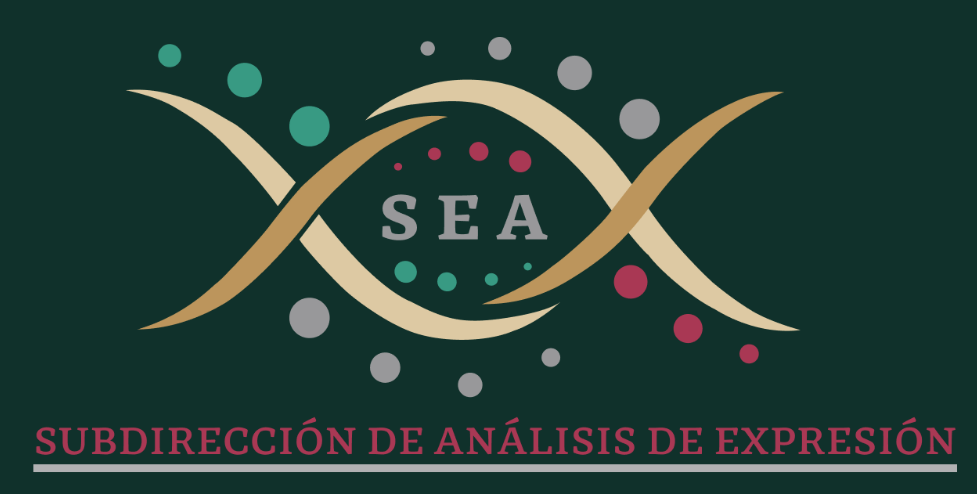
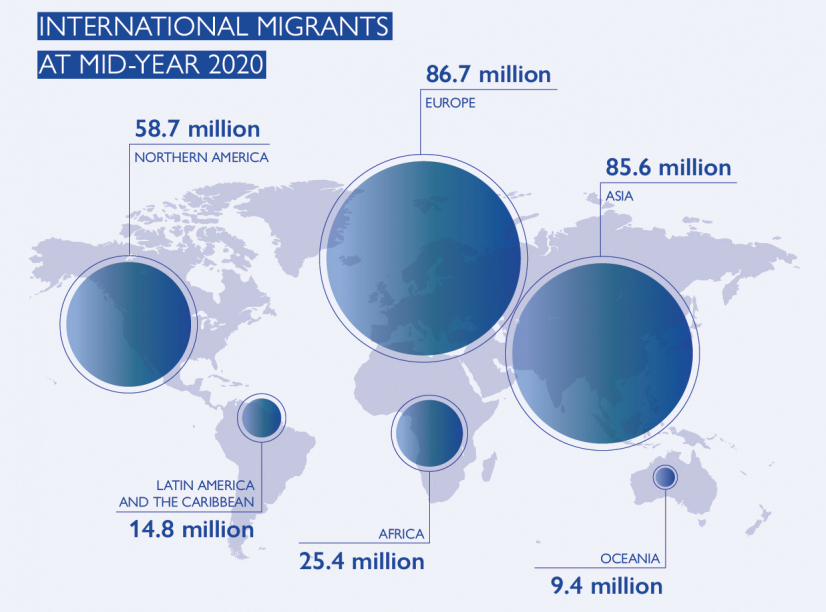
Identification of key epidemiological variables in the development of Childhood Leukemia.
